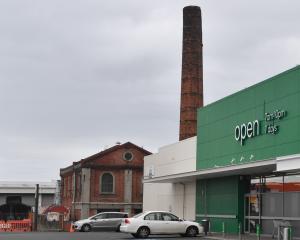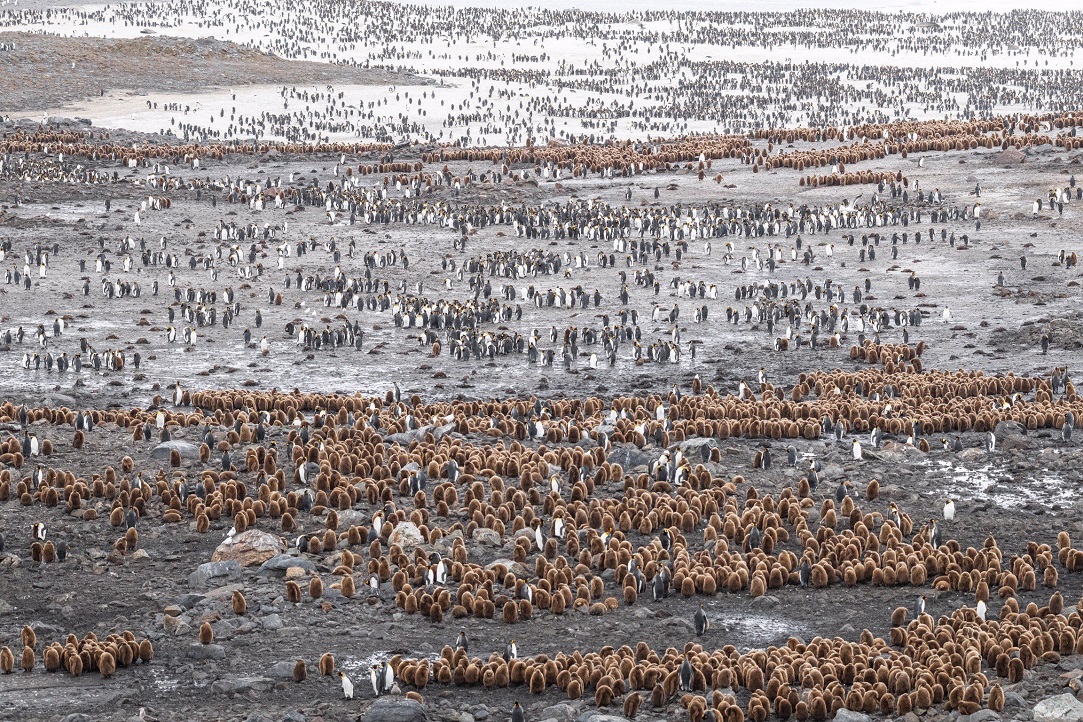
Cole Yeoman, who used to work in the Invercargill branch of the Otago Daily Times, was one of a 22-man, ship-based team to spend two weeks in South Georgia to honour the 100th anniversary of Ernest Shackleton’s final expedition to the inhospitable region.
There was a cacophony of sound everywhere, he said.
"It was just stunning, really. Hard to describe with words, but such a beautiful place to try to capture on a camera," he said.
As he witnessed aggressive birds feeding among the stunning beauty, he was reminded it was a land of both life and death where only the strong survive.
South Georgia has an estimated 30 million breeding birds, including sevenmillion penguins, twomillion fur seals and 50% of the world’s southern elephant seals.
But Mr Yeoman was surprised by the numerous icebergs.
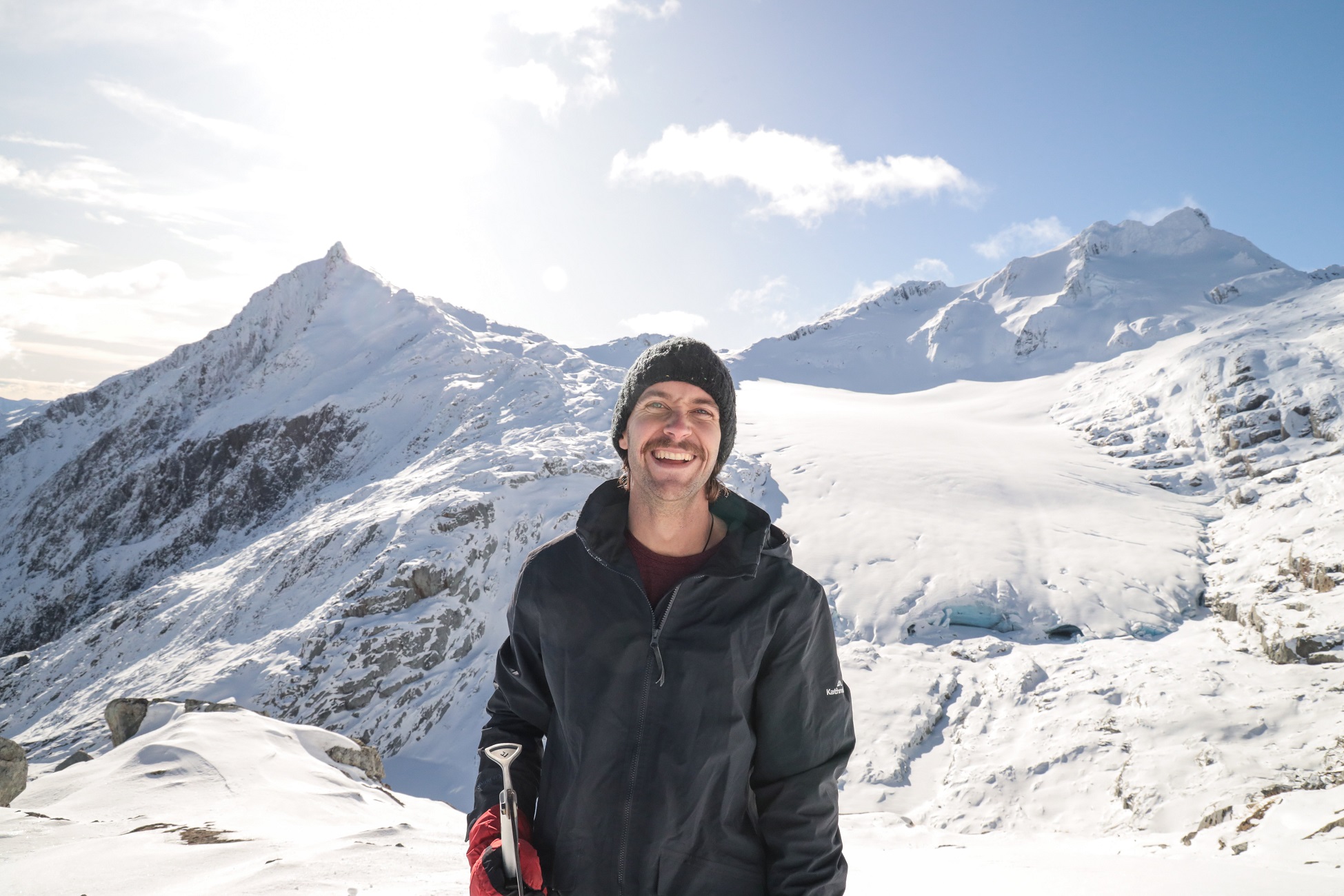
"We saw the icebergs before we saw the island."
"It was kind of everything we had anticipated and more ... Seeing the island for the first time was just incredible.
"This beautiful moment just kind of emerged out of the thick, thick fog."
Bad weather delayed the ship’s departure. Then the two-and-a-half-hour sailing across the choppy Scotia Sea had all on board reaching for seasickness cures.
Living at sea was a new experience for Yeoman, and the rough seas proved a challenge for a decent sleep.
"The first night we were all pretty queasy just adjusting to the boat, especially because they set off at full pace out of the harbour straight away."
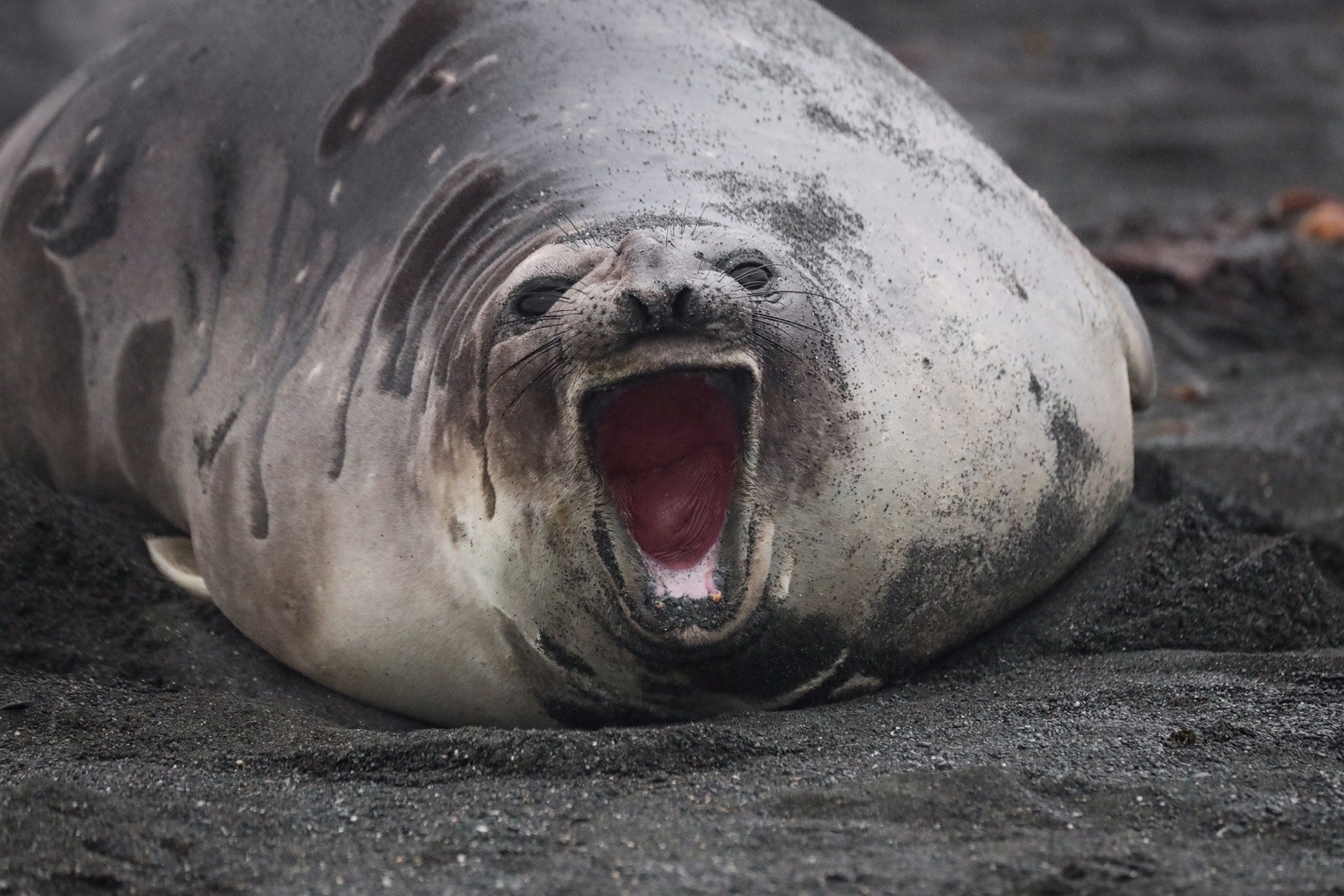
But there was no escaping the constant motion.
"You’re lying in your bed and then suddenly it'll hit a wave and pitch sideways at the same time and you're just like, ‘this is it, this is how it ends. We're going over’."
Reflecting on Shackleton’s hardships made him appreciate the luxury of the cruise ship he was on.
"We were pitching and tossing around in the swells. But we were in a beautiful big fancy cruise boat and they were in a little tiny wooden lifeboat — they were strung together to get across the ocean to the island in the same weather or worse."
On board, evenings were filled with topical talks from the many conservationists, security specialists, geologists, ecologists and history professors on the trip.
"We had people on board who are just absolute bird nerds ... you learn so much from them.
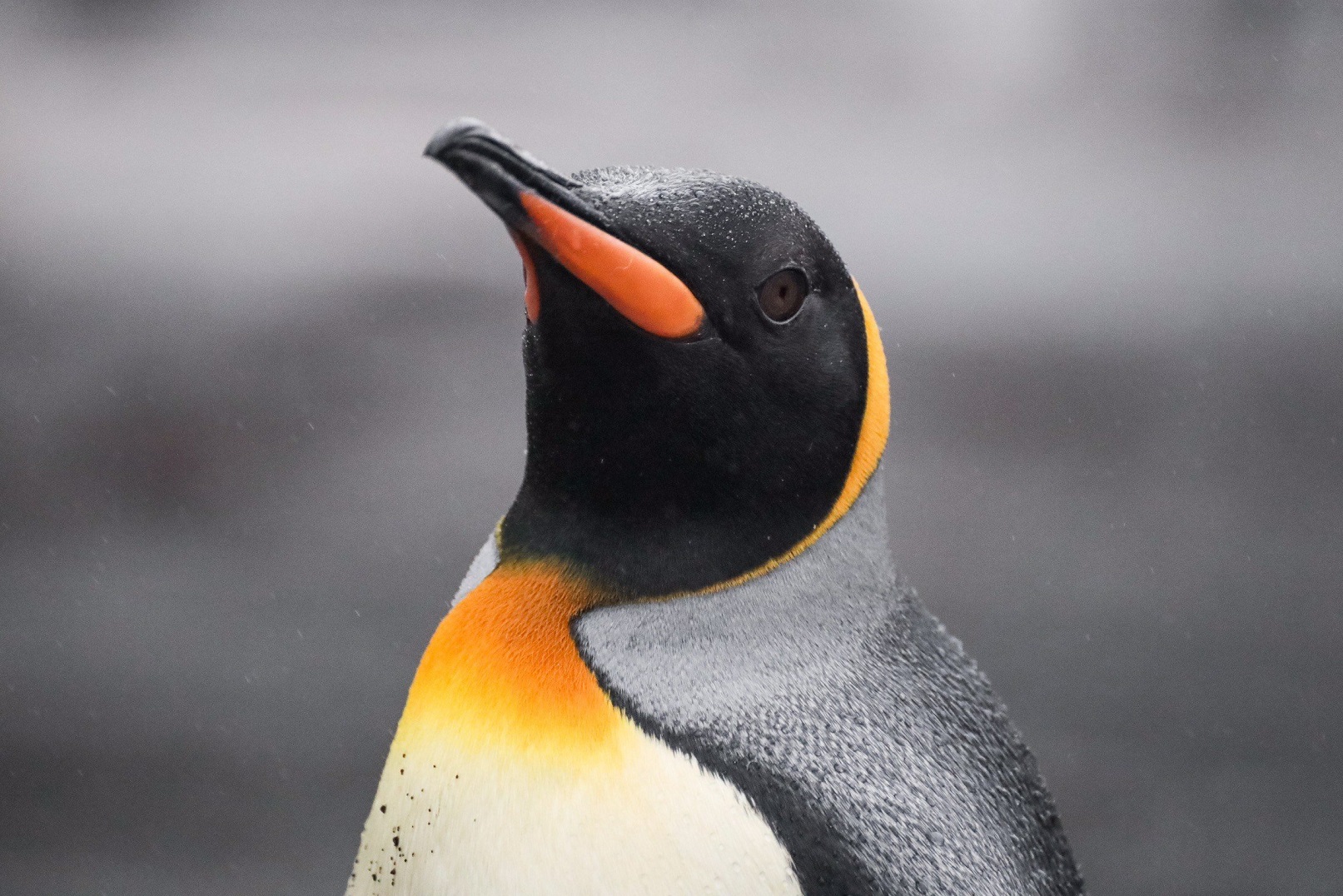
"So there was a lot of learning around weather and wildlife and the history."
Mr Yeoman also shared ship life with former New Zealand prime minister and Antarctic Heritage Trust patron Helen Clark.
It was an absolute pleasure to get to meet her as as well, he said.
The planned documentary he was filming included capturing footage of the crew members and the expedition.
"So you're kind of trying to get all those shots of people enjoying the island.
"We got to go visit Shackleton's grave at Grytviken — everyone had a wee toast around his grave."
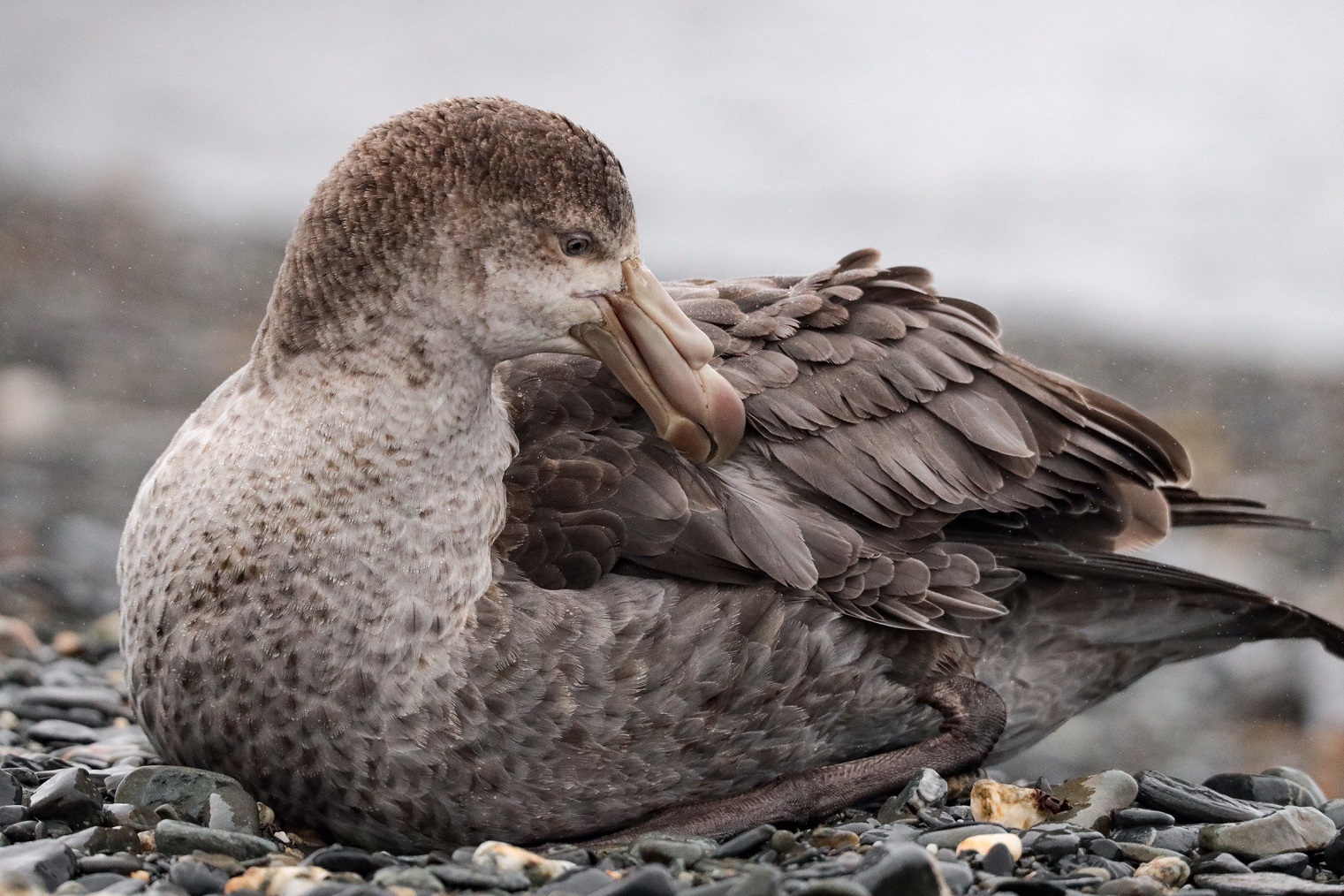
For about eight hours, shipmates watched progress from the safety of the ship.
"We could all see them at the top as little wee specks. I think for a lot of the passengers, we were living vicariously through those guys doing their mountain attempt ... it was pretty special ... It apparently had people out in their underwear cheering on the balcony as the expedition team returned."
While the South Atlantic ocean had provided its challenges, re-entry into life in New Zealand was also a bumpy ride for Mr Yeoman.
Close to his departure from the island, he heard a family member had died.
"You’ve kind of got this constant, non-stop overstimulation and then suddenly it’s over and you’re back in New Zealand.
"You go from this beautiful experience where you're off the grid, out of touch with everything, and then back into the messy and quite broken world.
"It's just an odd thing to kind of try reconcile after just seeing all this wonder and beauty," he said.

